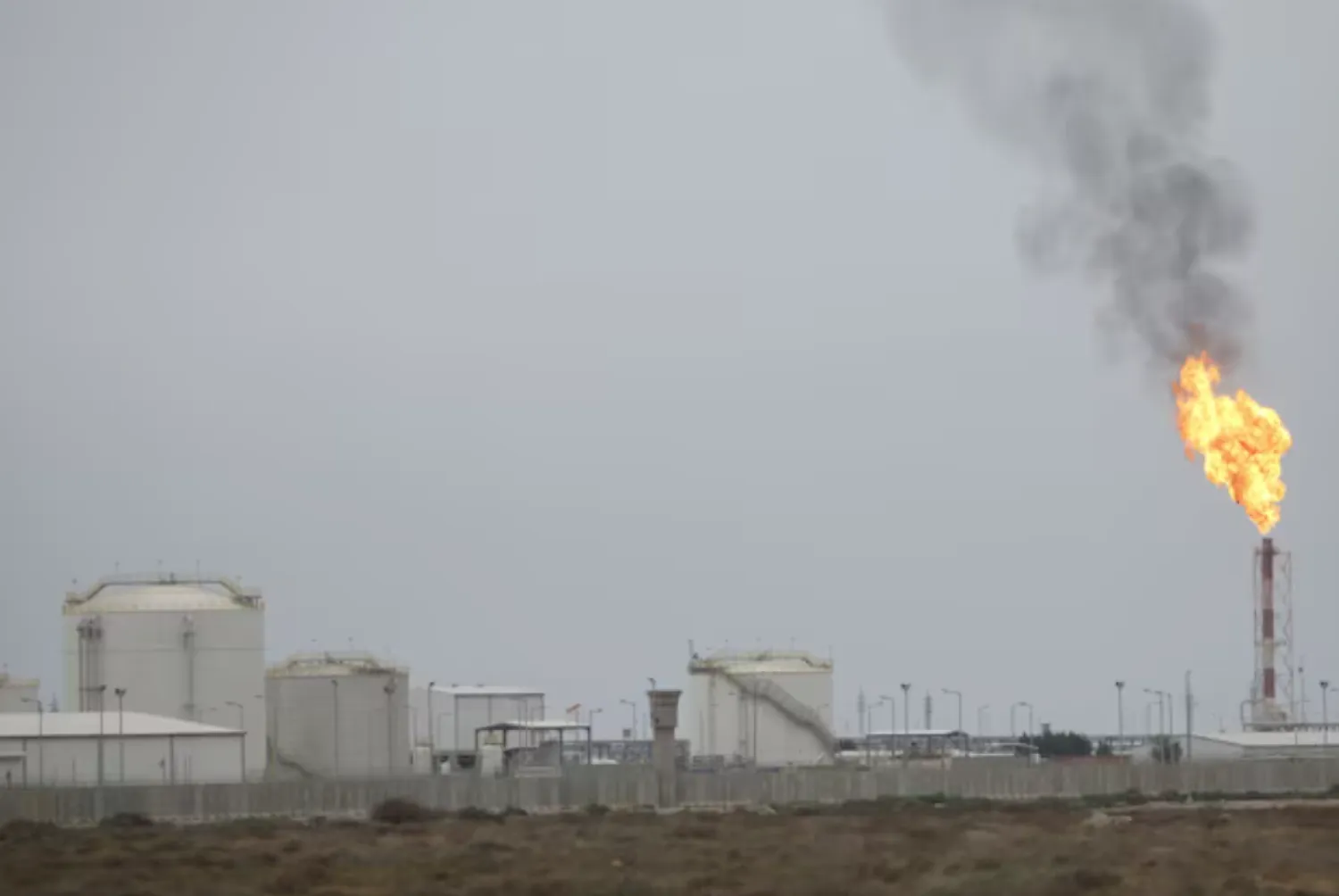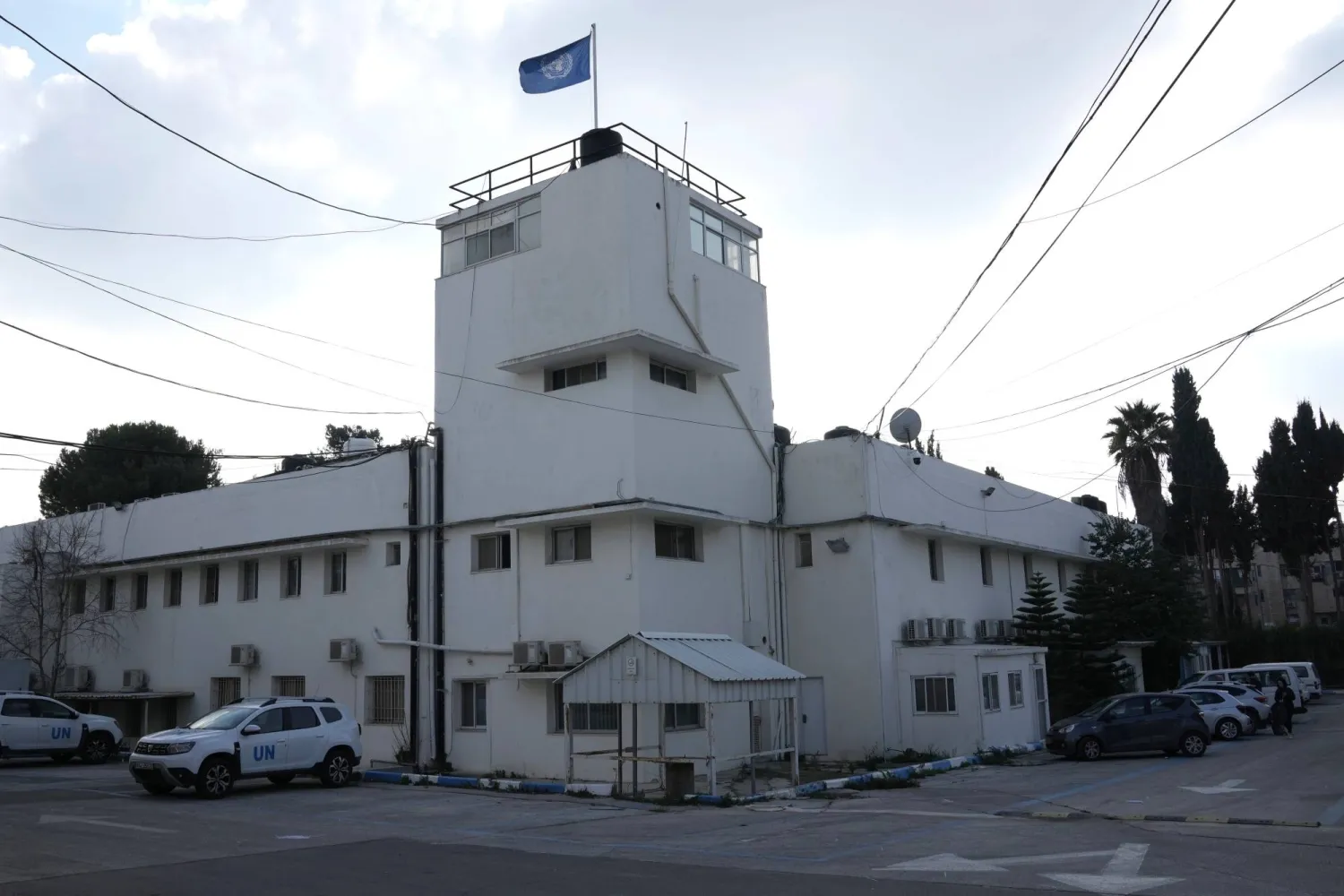Israeli police forcibly entered the compound of the United Nations agency for Palestinian refugees in East Jerusalem early Monday, escalating a campaign against an organization that has been banned from operating on Israeli territory.
The UN Relief and Works Agency for Palestinian Refugees in the Near East, or UNRWA, said in a statement that “sizeable numbers” of Israeli forces including police on motorcycles, trucks and forklifts entered the compound in the Palestinian neighborhood of Sheikh Jarrah and cut communications to the compound.
“The unauthorized and forceful entry by Israeli security forces is an unacceptable violation of UNRWA’s privileges and immunities as a UN agency,” the agency said.
Photos taken by an Associated Press photographer show police cars on the street and an Israeli flag planted on the compound's roof. Photos provided by UNRWA staff show a group of Israeli police officers inside the compound.
Police said in a statement they entered for a “debt-collection procedure” spearheaded by Jerusalem's municipal government, which did not immediately respond to a request for comment.
The raid was the latest action in Israel's campaign against the agency, which provides aid and services to some 2.5 million Palestinian refugees in Gaza, the occupied West Bank and east Jerusalem, as well as 3 million more refugees in Syria, Jordan and Lebanon.
The agency was established to help the estimated 700,000 Palestinians who fled or were driven out of what is now Israel during the 1948 war surrounding Israel’s creation. UNRWA supporters say Israel hopes to erase the Palestinian refugee issue by dismantling the agency. Israel says the refugees should be permanently resettled outside its borders.
For more than a year of the Israel-Hamas war that began Oct. 7, 2023, UNRWA was the main lifeline for Gaza's population, which was largely reliant on aid because of humanitarian crisis unleashed by heavy Israeli bombardment and restrictions on the entry of goods.
Throughout the war, Israel has accused the agency of being infiltrated by Hamas, allegations the UN has denied. After months of mounting attacks from Prime Minister Benjamin Netanyahu and his far-right allies, Israel formally banned it from operating on its territory in January.
The US, formerly the largest donor to UNRWA, halted funding to the agency in early 2024.
UNRWA receives assistance from other agencies UNRWA has since struggled to continue its work in Gaza, with other UN agencies including WFP and UNICEF stepping in to help compensate for a gap UNRWA says is unfillable.
“If you squeeze UNRWA out, what other agency can fill that void?” said Tamara Alrifai, UNRWA’s director of external relations and communications, on the sidelines of the Doha Forum on Saturday.
The agency has been excluded from US-led talks on Phase 2 of the ceasefire, she added.
UNRWA shut down its Jerusalem compound in May after far-right protesters, including at least one member of Israeli Parliament, overran its gate in view of the police. Israel’s far-right has pushed to turn the compound into a settlement and the country's housing minister said last year he had instructed the ministry to “examine how to return the area to the state of Israel and utilize it for housing.”









